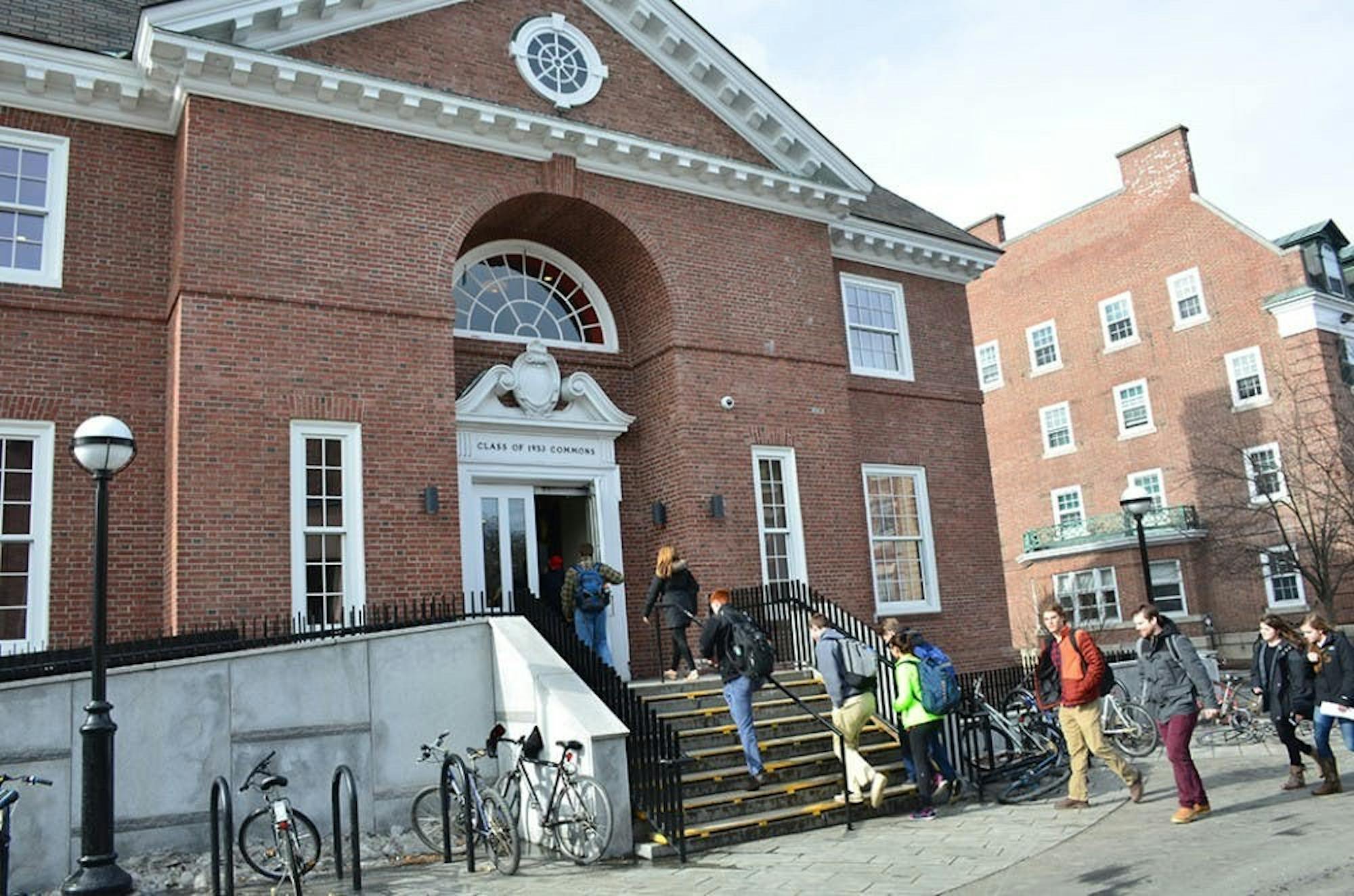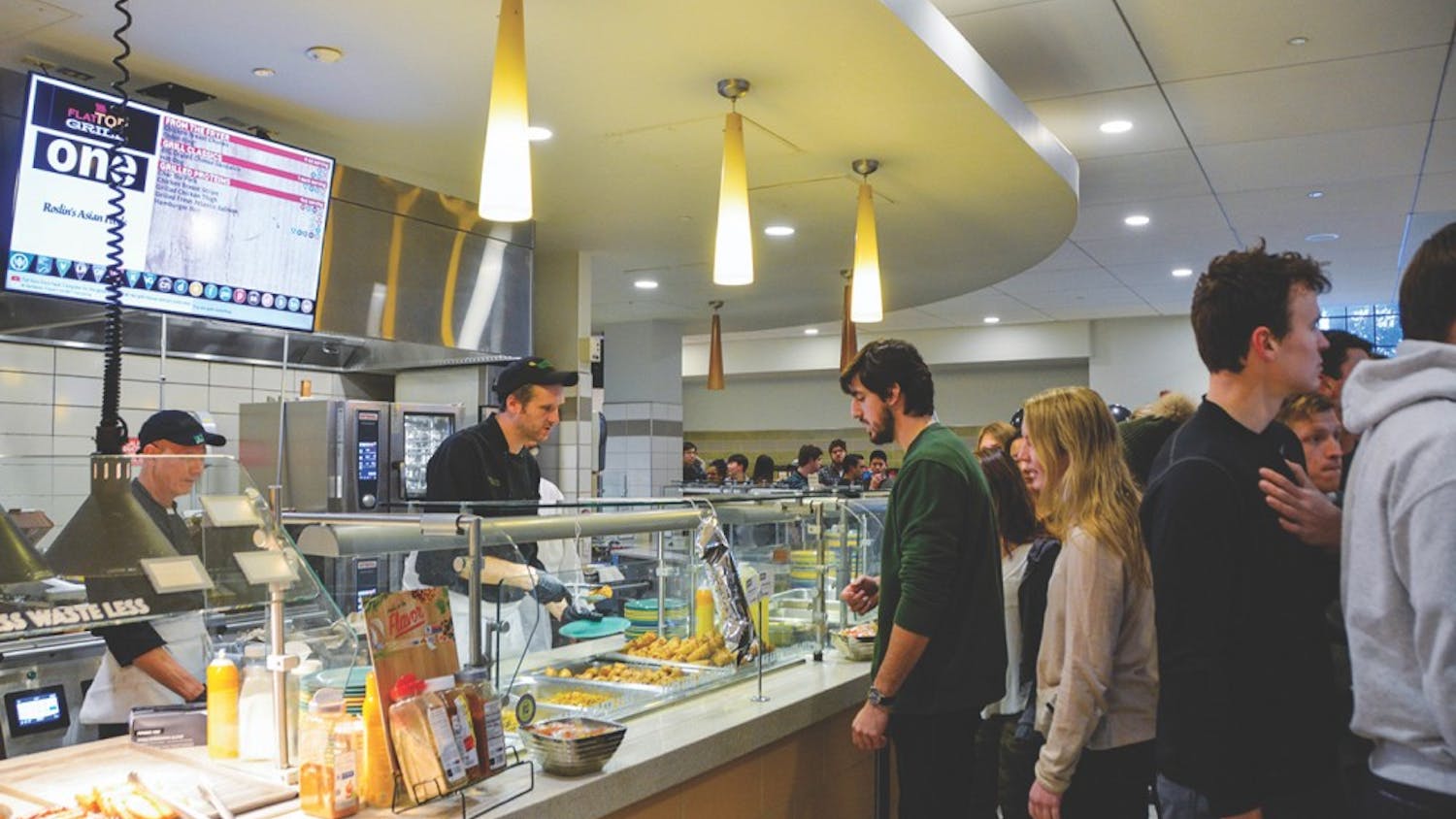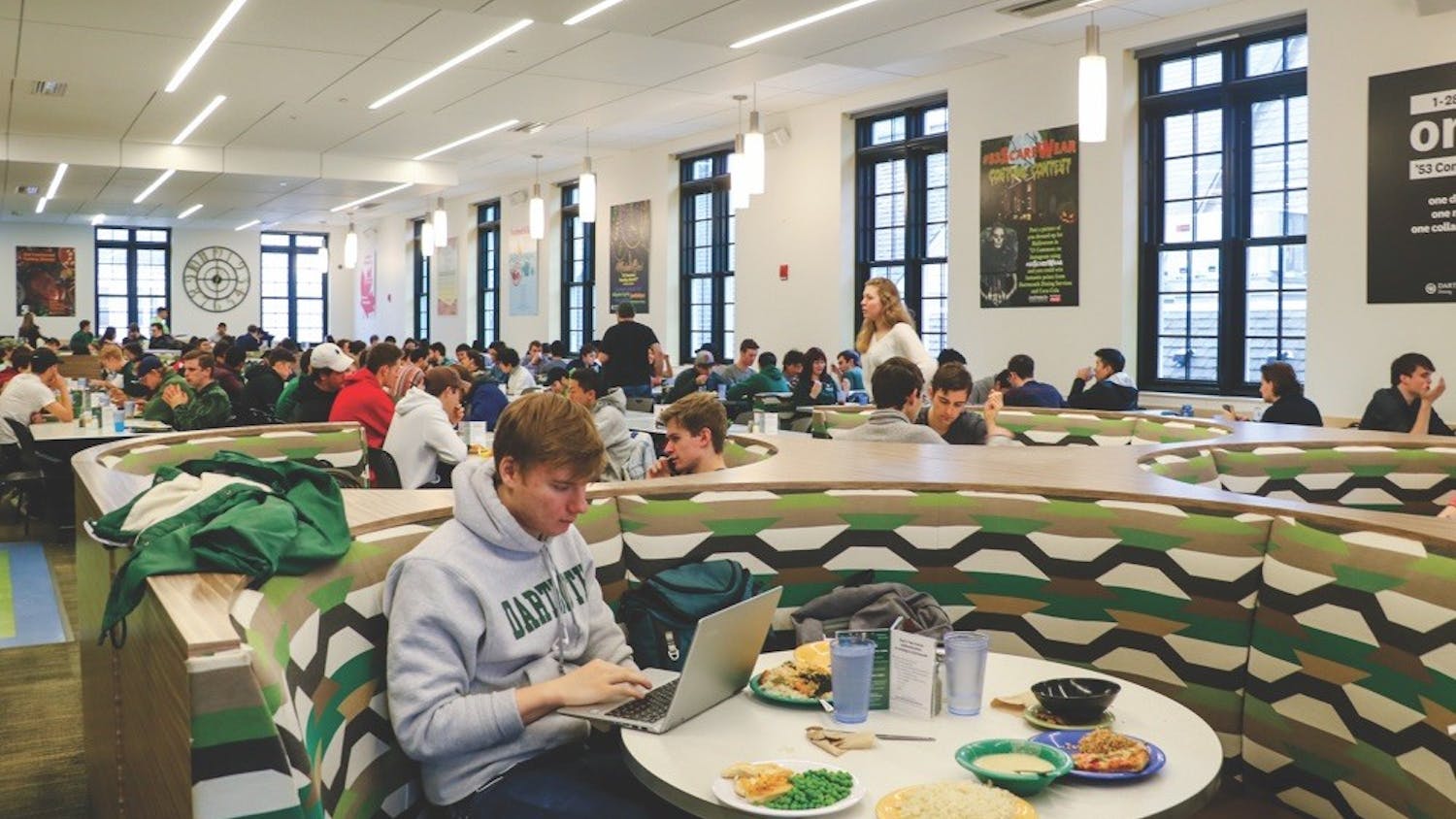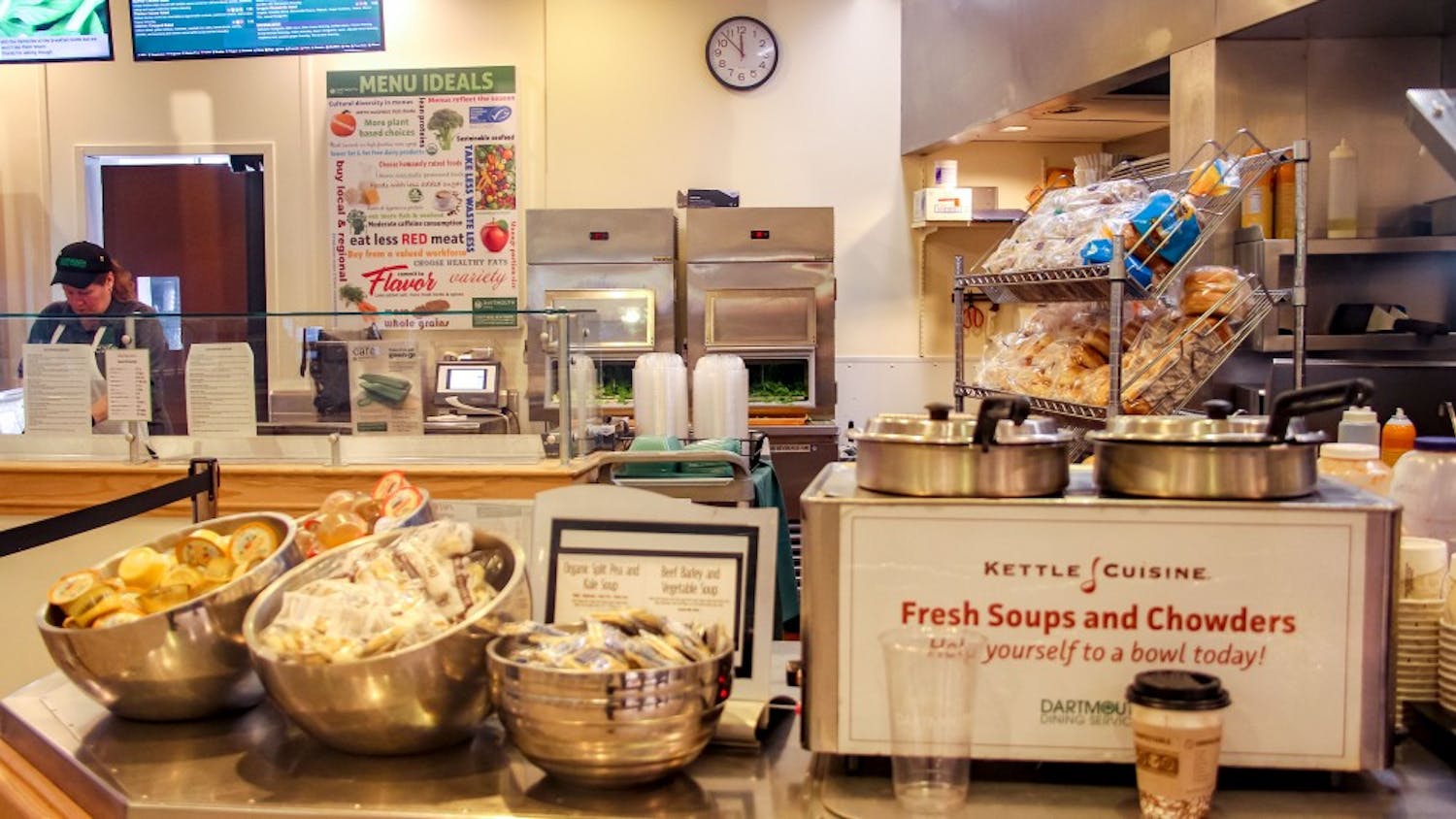Dartmouth Dining Services has been actively looking into incorporating biometrics at the Class of 1953 Commons, according to Dartmouth Dining Services director Jon Plodzik.
“We realized that we had to be more efficient in getting you into the property and allowing you to get food in the property,” Plodzik said.
According to Plodzik, biometric technology would allow students to swipe their hands at a scanner as opposed to having their Dartmouth student ID card swiped at a register. He referred to the technology as a “game-changer,” and added that it would allow the registers to focus on cash and DBA transactions, Green2Go orders and guest passes.
According to Plodzik, DDS has not yet received approval from the College to incorporate biometrics at ’53 Commons, but is currently in talks with the administration about moving the program forward. Plodzik added that he hopes that the program will be in place in the coming years.
Plodzik said that the implementation of biometrics would allow greater efficiency for students who are currently using meal swipes to enter ’53 Commons and prevent long lines from forming.
Deedee Hernandez ’23 said that the lines at ’53 Commons can negatively impact students’ dining experiences.
“I mean, there are times during the day — especially around the afternoon when everyone is out of class and having lunch where the line can go outside the building — and you either have to deal with that line or choose another time to go eat,” Hernandez said.
Plodzik, who previously worked with biometrics during his time at the University of New Hampshire, said that other colleges have seen a benefit from biometrics, citing the University of Maryland as an example.
“The director [of The University of Maryland] wrote to me yesterday,” Plodzik said. “She said, ‘I can’t imagine life without biometric entry. It’s such an efficient process for us.’”
Computer science technology services specialist James Gerjevic said that one of the key features of a biometric system is that it would not store fingerprints.
“Your fingerprints are used at the beginning to create your hash,” Gerjevic said. “And that’s all that gets stored on the server.”
Gerjevic said that the biometric technology DDS wants to implement functions similarly to the current card-swiping system, adding that “the technology isn’t a wild divergence from what we already do.” Both the suggested technology and the card-swiping system require a system of checks to confirm the number associated with either the card or the fingerprint.
Plodzik said that if a biometric system at ’53 Commons was established, DDS would most likely redistribute employees working at the register to other locations. According to Plodzik, these employees would fill in under-staffed tasks such as waiting tables and loading utensils and tableware.
Ultimately, Plodzik said that biometric entry would allow ’53 Commons to have “a better utilization of resources.”
However, he said that a biometric program would be entirely optional, and one of the major challenges for the program would be campus outreach, especially in regards toward the storage of students’ fingerprints.
“There is no data kept in this system that could be utilized by law enforcement, meaning there’s no fingerprints that live in this system,” Plodzik said.
Plodzik said that the machine would only take “points on your fingers,” and from those points, a numeric value would be created. He added that this numeric value would have “no meaning,” and that it would not be possible for someone to take a numeric value and recreate a student’s fingerprints.




